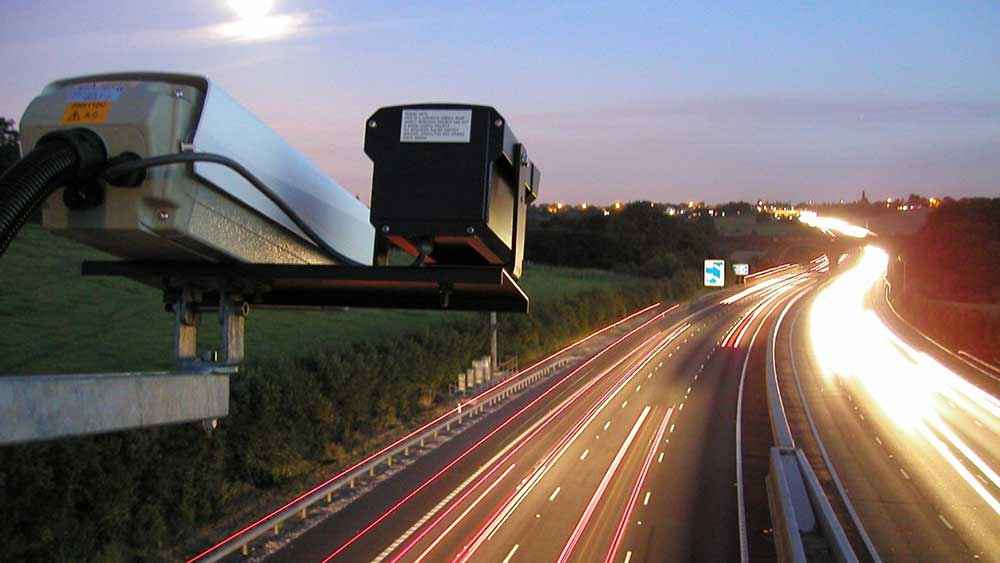As road projects progress, speed cameras are being deployed in several states to ensure worker safety. Thirteen states have integrated Automated Speed Enforcement (ASE) systems, while ongoing discussions surround their implementation elsewhere.
In January of 2022, the U.S. Department of Transportation (U.S. DOT) released its new National Roadway Safety Strategy to address the increasing amount of accidents and deaths on U.S. roadways. While roadway fatalities had been in decline for 30 years, they stalled in 2010 and beginning in 2020, deaths began to increase. The new strategy tackles five objectives: safer people, safer roads, safer vehicles, safer speeds, and post crash care. ASE systems are proposed as part of the solution to address safer speeds.
According to U.S. DOT, “speeding has played a role in more than a quarter of traffic deaths – killing nearly 100,000 people – over the past decades.” The DOT promotes using speed safety cameras “as a proven countermeasure” against speeding. To date, at least thirteen states have adopted the use of these cameras in their legislatures, mostly for use inside active work zones. Pennsylvania was an early adopter of these cameras. In 2020 PennDOT used seventeen white Jeep Cherokees with cameras mounted inside the unmanned vehicles. These cameras monitored and captured drivers in active work zones only. If a driver was 11 mph over the work zone speed limit, the driver was issued a warning. Second offenses gathered a fine of $75 while third offenses carried a $150 penalty.
After two years, PennDOT feels the program is working to keep construction crews and drivers safe. It reported that speeding in 2021 was reduced to 20% in all zones, and speeding over 11 mph was reduced to just 3%. In addition, the program has issued 842,546 speeding violations with 84% of these issued as warnings for first-time offenders. It’s results like this that have brought the use of speed cameras into focus for other DOT programs.
Currently, thirteen states allow the use of speed cameras within active construction zones:
- Arkansas
- Colorado
- Connecticut
- Delaware
- Illinois
- Indiana
- Iowa (only under city ordinances)
- Louisiana
- Maryland
- New York
- Pennsylvania
- Virginia
- Washington
In addition, several states currently have bills within their state legislatures addressing the use of speed cameras in work zones. These states include: California, Michigan, and New Jersey.
Not all states are on board with unmanned cameras monitoring speeding in active work zones. Arizona is debating a bill to prohibit the use of speed cameras, although 13 communities in the state currently use them. Maine, Mississippi, New Hampshire, New Jersey, South Carolina, Texas, West Virginia and Wisconsin prohibit the use of these cameras. Nevada and Oregon only allow the use of speed cameras with officers present to issue violations. The objections raised against the use of cameras range from the idea of state DOTs and cities profiting from the programs to concerns around privacy. Despite the political pushback against camera usage in some states, those that use them are seeing measurable drops in speeding within work zones.
In 2021, the National Work Zone Safety Information Clearinghouse reported 956 fatalities, 42,000 work zone injuries, and 106,000 work zone crashes. Speed cameras look to become a tool in keeping workers and drivers safe and alive.
Read more about the Automated Work Zone Safety Enforcement (AWZSE) program and the National Roadway Safety Strategy.
